Full Name Junko Takahashi Movement Centripetal Art Known for Fine art | Name Junko Chodos Books Metamorphoses Role Artist | |
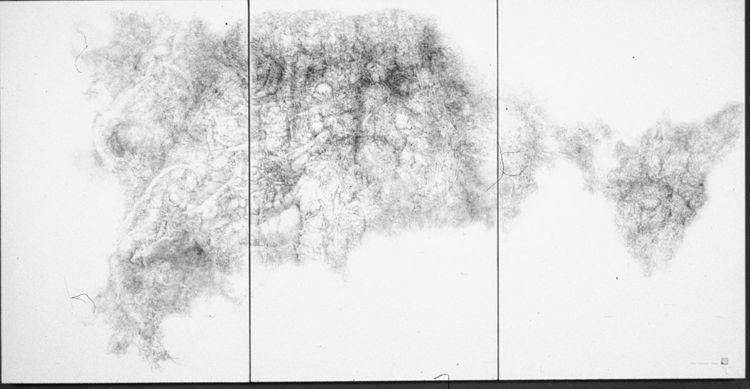 | ||
Born 1939 Tokyo, Japan Nationality Naturalized U.S. citizen | ||
Centripetal Art: ECSTASY
Junko Chodos (born 1939) is a contemporary artist born and educated in Japan and residing in the United States since 1968. Her works represent a wide variety of techniques and styles, ranging from pencil, pen, and collage, to works done with acrylic.
Contents
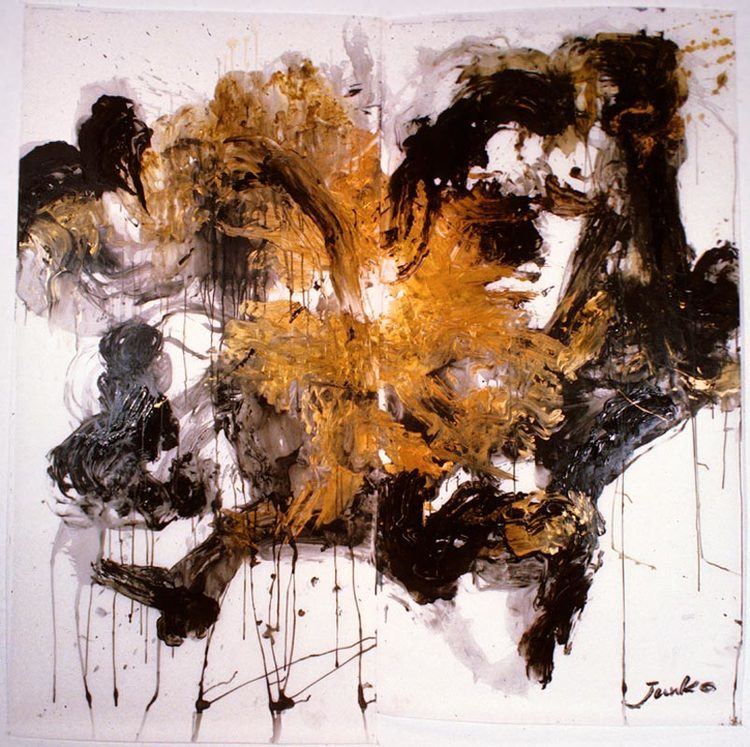
Chodos has had solo exhibitions featured at the Tokyo Central Museum, the Long Beach Museum of Art, the USC Pacific Asia Museum, the Fresno Art Museum, the Museum of Contemporary Religious Art in St. Louis, and numerous other museums and galleries in Japan and in the United States.

Meditation on the Mountain
Life and career
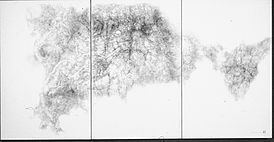
Junko Chodos was born Junko Takahashi in Tokyo, Japan, in 1939. Her experience during World War II affected her later life and art. She grew up in a household where Shinto, Buddhism and Christianity were strong influences. She was a member of the first post-war generation of "commoners" allowed to attend the Gakushūin, the Imperial school.
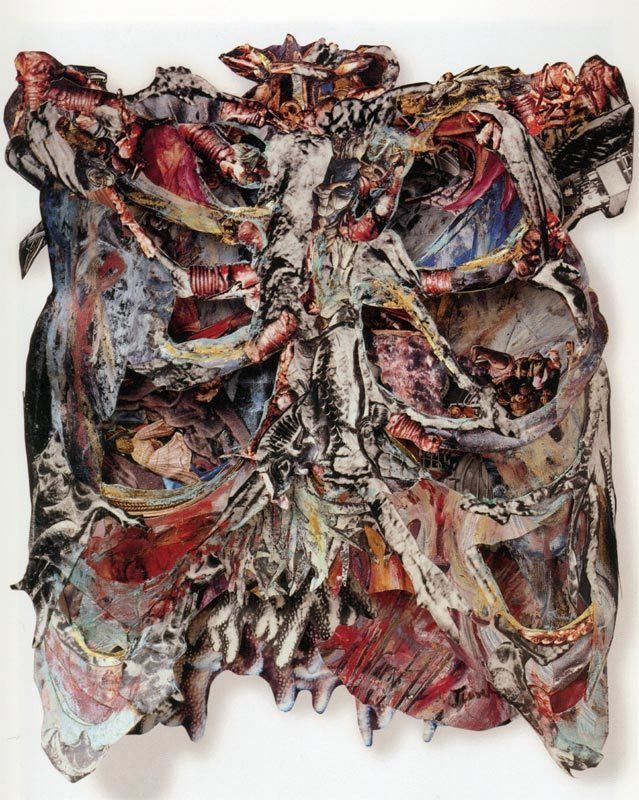
In 1963, Chodos enrolled at Tokyo's Waseda University, graduated in 1968 with a BA in Art History and Philosophy. She studied under Professor Shigeo Ueda, noted translator of Martin Buber into Japanese, and took an interest in the writings of that philosopher.

In 1968, Chodos migrated to California, calling herself a "spiritual refugee". She attended the State University of New York, Buffalo. In 1971 she married Rafael Chodos, a lawyer and author in biblical studies and the aesthetics of fine art.

In an article in the Winter 2003 issue of CrossCurrents, Chodos wrote:
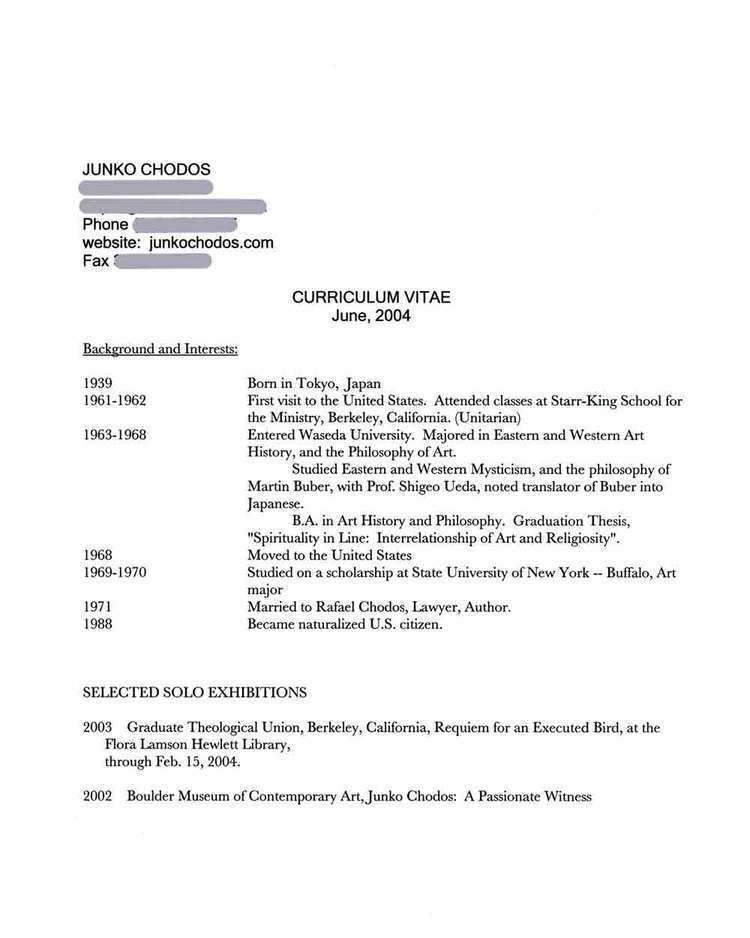
"To seek justice, to be courageous, to be ethical in other words, to choose rational universal standards over loyalty towards the group is to be a traitor in Japan, and these individuals break the biggest taboos of the totalitarian society. I experienced these aspects of Japanese society as a form of persecution and as a threat to my own integrity.That is why I left Japan and became a spiritual refugee."
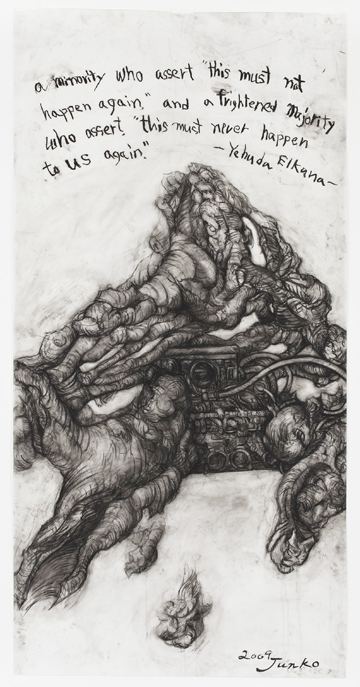
In 1988, Chodos became a naturalized U.S. citizen, and in the late 1990s, Junko Chodos coined the term Centripetal Art to describe the philosophical basis of her art, which she defined as art created by an artist who strives towards her center and encounters divine presence there.
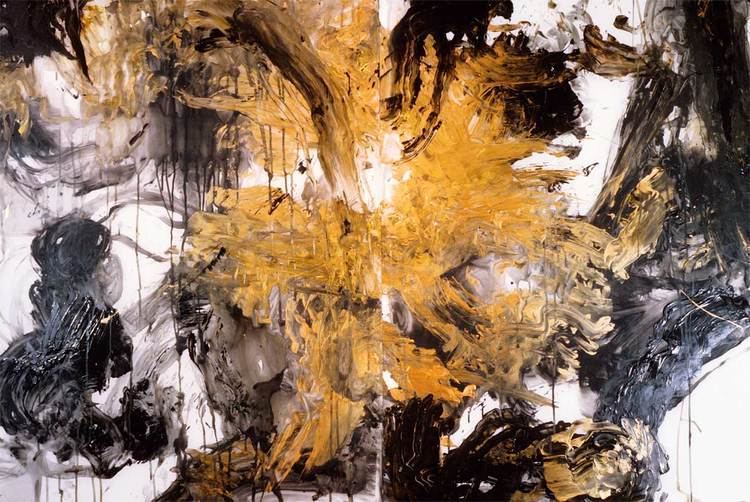
In 2002, Chodos published: Metamorphoses: The Transformative Vision of Junko Chodos, a catalog of the one-person exhibition of the art of Junko Chodos at the Long Beach Museum of Art in the Fall of 2001. The book featured full-color high-quality reproductions and five critical essays. The works included a selection from collages to mylars included in her "Esoteric Buddhism" series, inside CD jewel boxes. The book won "Best Art Book of the Year - First Prize"" from Independent Publisher in 2002. In 2005, the Museum of Contemporary Religious Art in Missouri presented a 30-year retrospective of her work titled "Junko Chodos: The Breath of Consciousness". The exhibition title referenced a recurrent image in her work: the lungs. The exhibition included complex drawings of roots and dead flowers and works from a 1991 series, "Requiem for an Executed Bird".
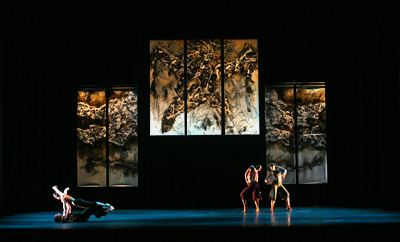
Her influences include Paul Klee, Willem de Kooning, Matthias Grünewald, Albrecht Dürer and Japanese calligraphy, as well as the authors Rainer Maria Rilke, Herbert Read and Martin Buber. In 2010, Chodos was named a Fellow of the Society for the Arts, Religion and Contemporary Culture.
Centripetal Art
Junko Chodos has termed her art as "Centripetal" in nature. The New Republic defines centripetal artists as artists "whose preoccupation is directed to a dramatization of their accidental or willful individualism". A centripetal painter "believes in self-illumination, improvisation, speaking for himself alone", they "look to museums when not at mirrors". Junko Chodos herself defines it as "art created by an artist who strives towards her center and encounters Divine Presence there, where people go beyond the barriers of ethnicity, gender, religious denominations, dogma, and of confined ideas of blood and soil".
Stephen Bann states that when discussing art history, one must choose between a centripetal and a centrifugal approach.
In 2008, Junko and her husband formed the Foundation for Centripetal Art to spread its ideas.
